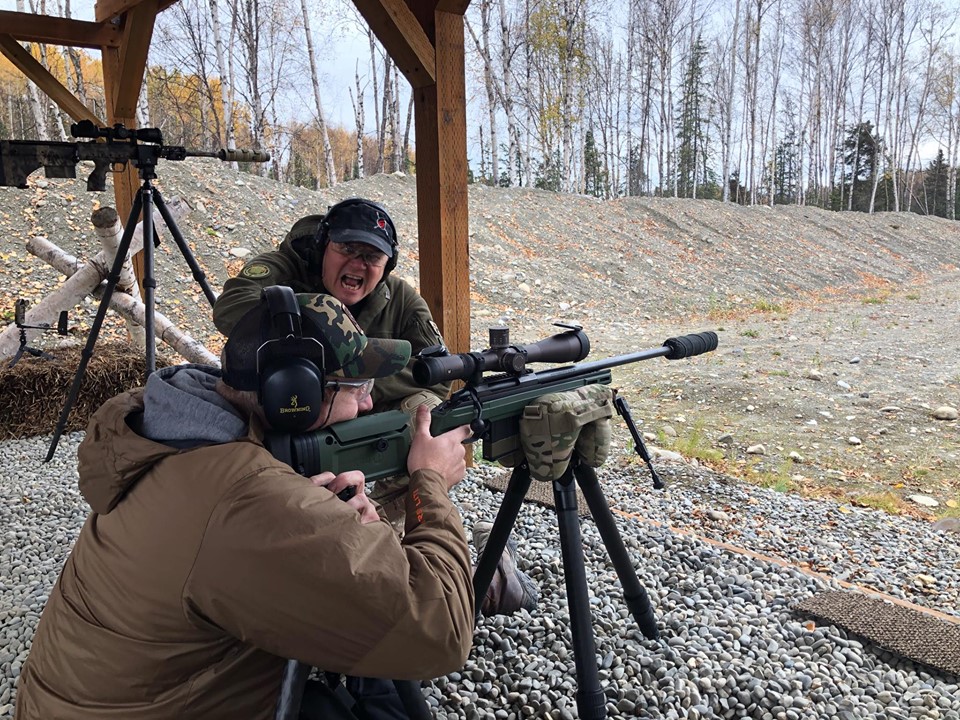As precision rifle shooters, we spend an enormous time in preparation. We prepare our ammunition, our rifles, our firing position gear and ourselves. All leading up to a moment that consists of no more than ten thousandths of a second. Therefore, we must make the most of each moment of preparation in order that that short moment at the shot is Predictable, Repeatable, Precise and Accurate. These are the goals of a precision rifle shooter.
Unfortunately, it is not a perfect world. Imperfection is introduced at every step of the process in the form of error. Any single error is not a great deal really, as on our worst day our rifle systems are capable of one minute of an angle or better, even with factors that are out of our control. But with experience comes growth, and growth in precision rifle means elimination of error, because errors are CUMULATIVE, and cumulative errors compound, frustrate and work against precision.
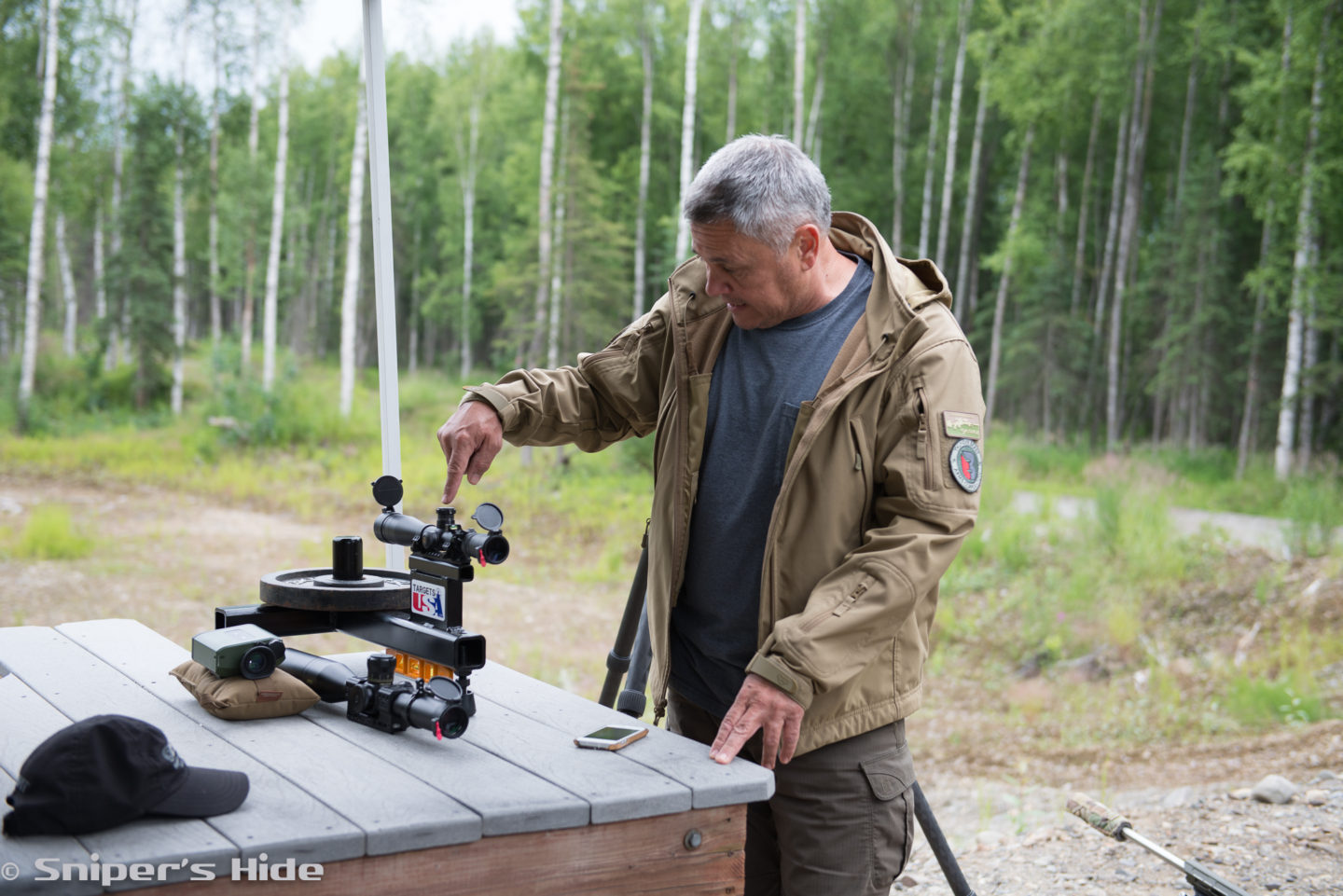
If one is “outcome-oriented”, an impact on a piece of steel smaller than the actual torso of a man is a wonderful feeling, especially when followed up by a rapid second impact. It was Predictable, because we took and empty space at a firing line, occupied it with our shooting gear, loaded a rifle, dialed elevation on a turret and hit with a cold-bore shot. It was Repeatable because we replicated that impact. But to a great degree we are not outcome-oriented, we are “process-oriented”, and constantly striving to improve our processes and, if not consciously, sub-consciously we are eliminating errors, one-by-one, and growing as shooters.
Eliminate the Errors We Can Control —
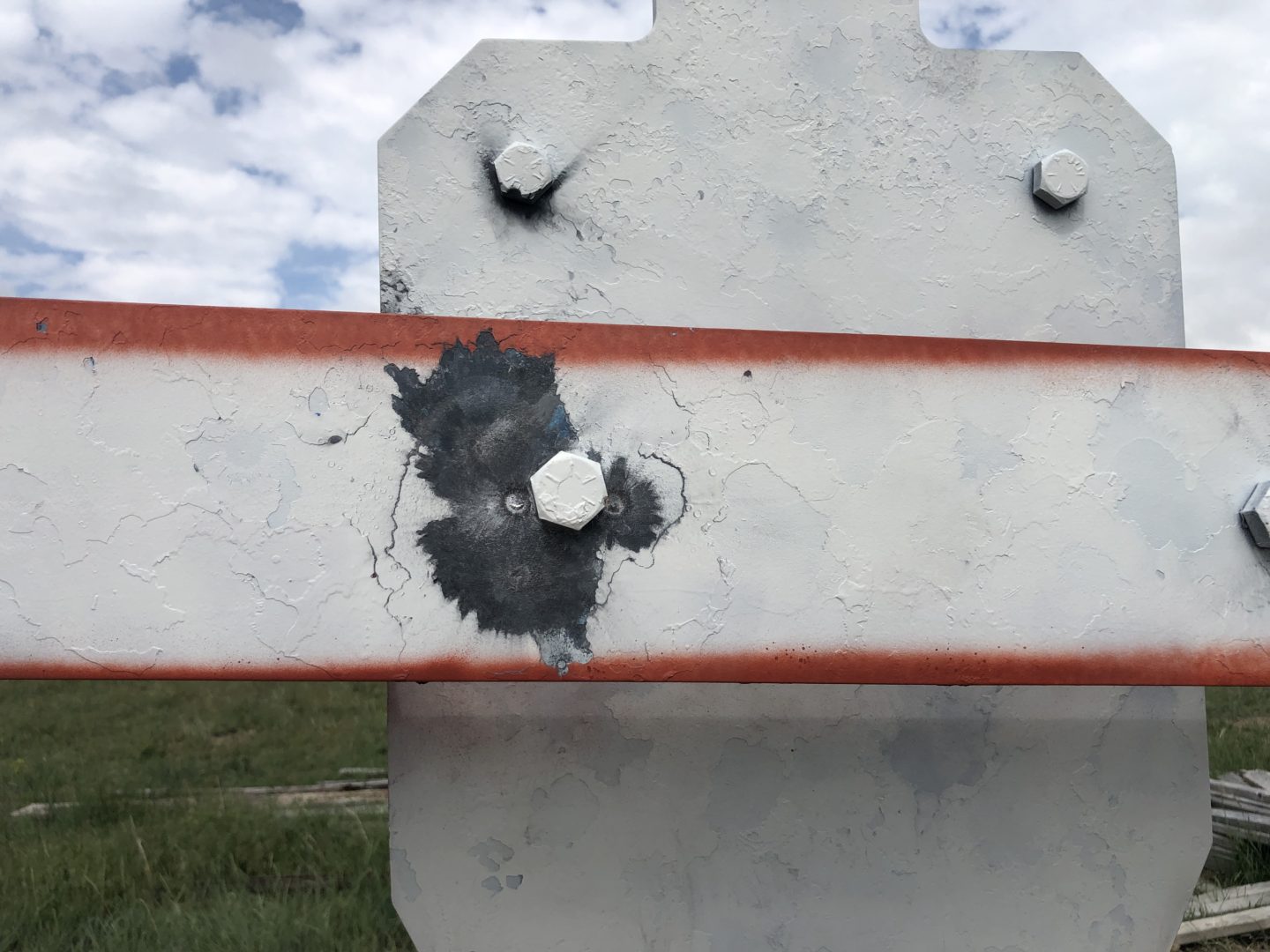
From the time we open the box, whether it be a box of loaded ammunition or a box of new brass, we are looking for consistency. In the loaded ammunition, we want consistent ammunition that comes from the same manufacturing process, or “Lot”. As reloaders, we begin to prepare that brass, powder and projectile so that it produces rounds that are clones of each other. Because ammunition that is produced in a consistent manner will theoretically produce a consistent outcome. If it is never fired, that is…
Insert the rifle system. Basically, steel, aluminum, glass, plastic in the form of a rifle and scope. The rifle will produce the exact same audible click of the firing pin being released, time after time, but that is just about all that it will produce consistently because we will be adding our ammunition and our shooter, both of which will take it from a perfect “click” to an imperfect “boom”, directed by the skills or lack thereof of a shooter, contacting the rifle at the shoulder, the cheek, the firing hand and the trigger finger. The introduction of the shooter takes the problem of a long range shot from a mechanical one to a mechanical and physical one, introducing a terrific amount of error that must be reduced to produce a Predictable, Repeatable, Precise and Accurate outcome. Notice I did not say, “Eliminated”, because we cannot possibly eliminate all error. Instead, we must become consistent in the control of error.
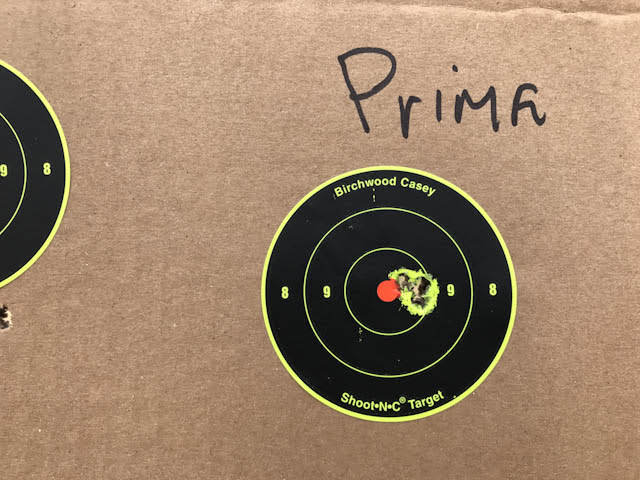
We zero the rifle, which is making it produce holes on paper that are precise, (close together) and accurate (at the desired aiming point). The degree of precision is a combination of the removal of error beginning with ammunition and including the rifle’s contribution, of which the barrel harmonics is the greatest variable. The manufacturing process of barrels has improved greater in the last thirty years than the entire previous existence combined. Barrels are made of better materials and produced with amazing consistency. A perfect blend of metallurgy, mechanical engineering and very high-tech human influence, the barrels available to today’s precision shooter are works of art and science. The offerings are now so competitive that arguably, there’s not a dime’s difference between the barrels of the top five manufacturers. You will be eliminating error when you purchase and shoot a barrel that produces the same whip and vibration, harmonics, each and every shot, given clone ammunition.
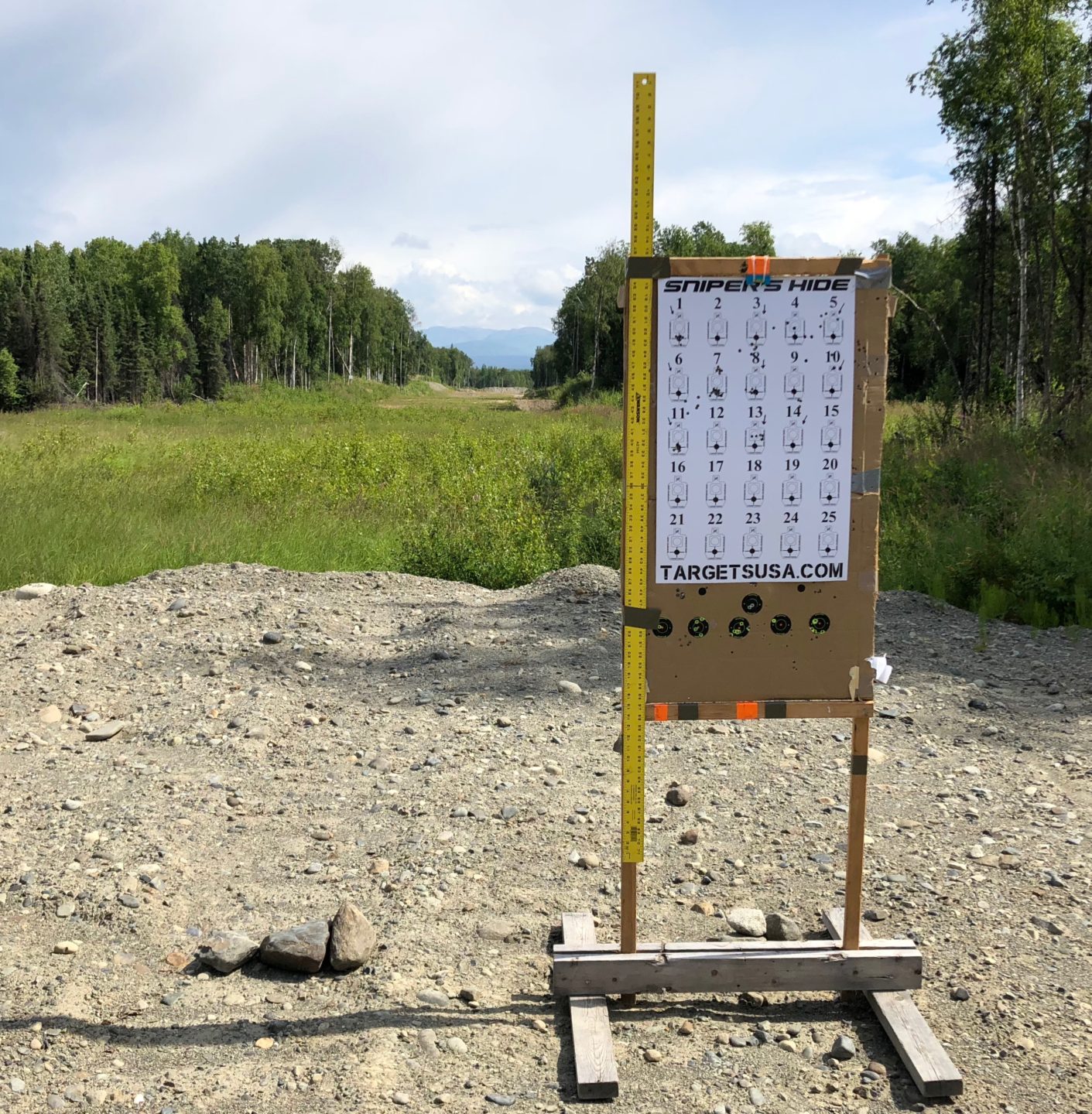
Scopes are imperfect. The assumption that a scope is doing what you are dialing it to do is nothing more than an assumption until that scope has been proven to produce the same outcome over and over. Many fail when exercising the turrets leads to the scope’s failure to return to “zero”. Rifle scopes are manufactured with tedious detail, even the cheap ones, and you get what you pay for by purchasing a scope that produces the same mechanical movement of the reticle time after time.
The presence of parallax is the presence of error. You have parallax when the reticle appears to “float” over the target with any slight movement of the eye. Parallax must be adjusted until the reticle is on the same plane as the target, and does not hover over the target with movement of the eye.
Enter… The Shooter
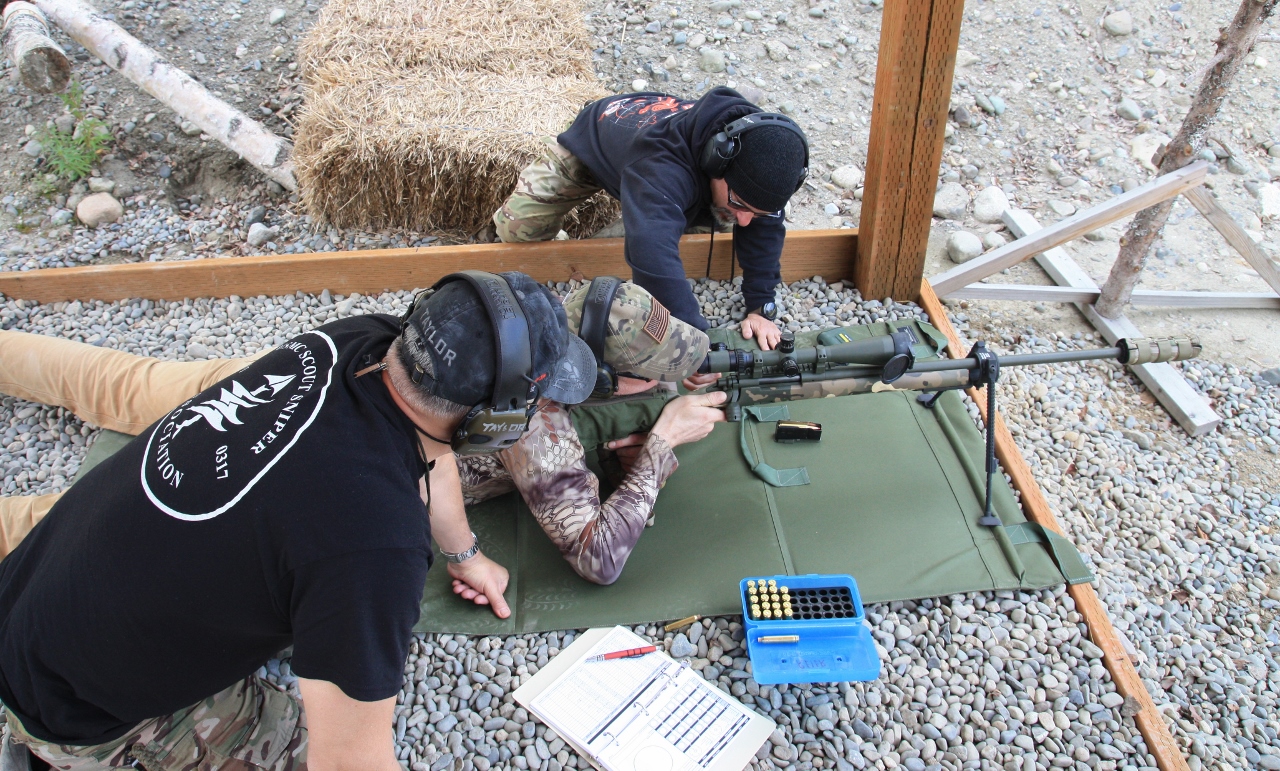
Here is where the errors COMPOUND.
Basically, limiting shooter error can be accomplished through consistency. All points of contact that the shooter has with the rifle are potential areas for inducing error. In my professional opinion, the only way to limit shooter error is to apply sound Fundamentals of Marksmanship, limiting the influence the shooter has on each shot. Ultimately, we make the shooter’s influence neutral through consistency and repeatability. Natural point of aim. Consistent shoulder pressure. Consistent cheek weld. Consistent bipod load. Consistent eye relief. Consistent respiratory pause within the breathing cycle. Consistent trigger press and break, and consistent follow-through.
You can perform open-heart surgery or diffuse a bomb. Really. The outcome may not be pretty, but you can perform the task. However, to produce the best outcome, one must seek training and be evaluated. There is no substitute for one-on-one instruction when it comes to precision rifle, and it’s the most productive path to elimination of unknown shooter error. We must first identify the errors we are inducing, then eliminate them.
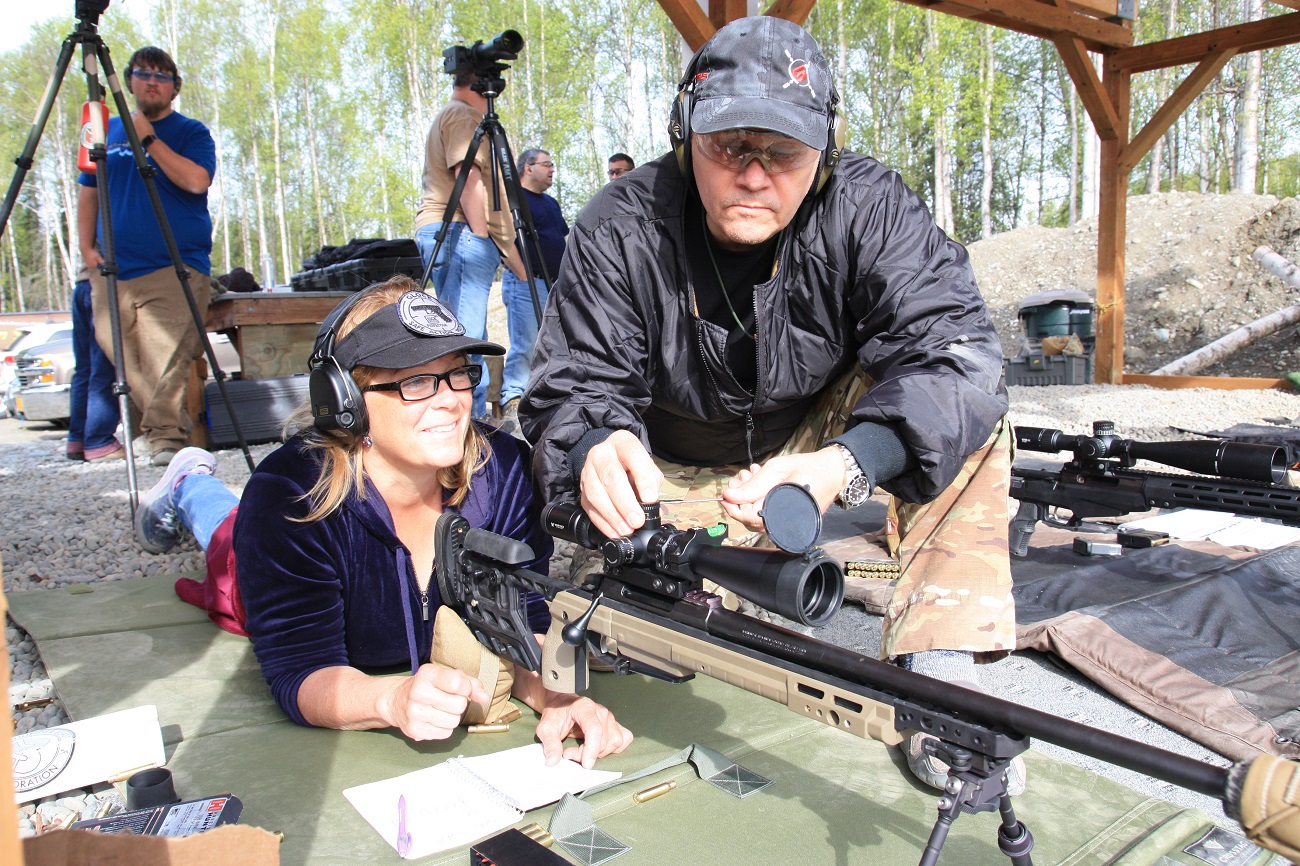
Why?…
Because errors are cumulative. Only through the elimination of the errors within our control can we achieve Predictable, Repeatable Precision and Accuracy.
Marc Taylor – Alaska Precision Rifle 